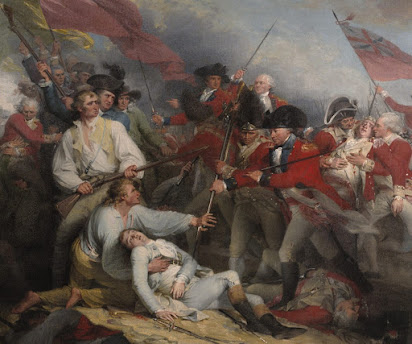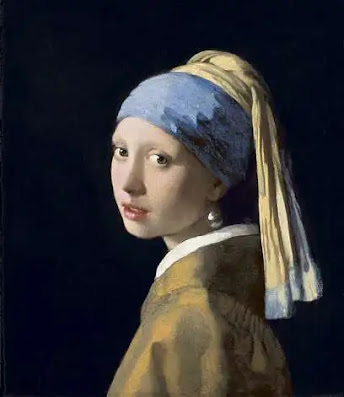Non Western Blog

I have chosen to do the Edo period from Japan for this assignment. The Great Wave by Katsushika Hokusai from 1826–1836 in Japan One Hundred Boys by Kano Eino from the 17th Century in Japan Irises at Yatsuhashi (Eight Bridges) by Ogata Korin from after 1709 I selected work from the Edo period in Japan because I've always liked Japanese artwork and paintings and I thought that this would be the perfect opportunity to make an exhibit on it. The Great Wave is a widely known piece of artwork that is displayed everywhere today, and my best friend even has a tapestry of it in her room. Its such a beautiful piece of art. All of the artworks have immaculate details in them, showing the artists paid very close attention to detail when they were making these pieces of art. The Edo Period refers to the years from 1603 until 1868 when the Tokugawa family ruled Japan. It is also sometimes referred to as the early modern period because it was around the time that many of the characteristics of m





